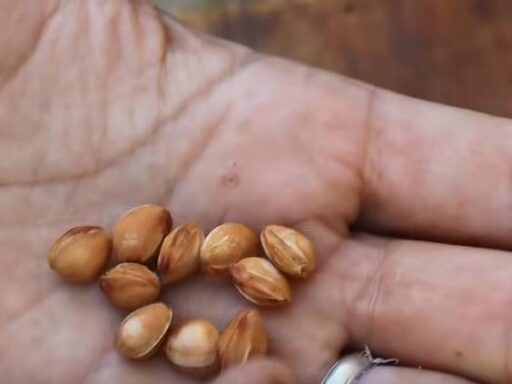In this guide, we’re not going to talk about growing lemons from seeds or using techniques like air layering. Instead, we’ll explore a completely different and innovative method of growing lemon trees—by using leaves. This method is 100% successful as long as you follow the steps carefully. Let’s dive into the process.
Selecting the Right Leaves
The first and most important step is choosing healthy leaves. You need to pick leaves that are disease-free and free from any wrinkles, twists, or damage. Additionally, the leaves must have the complete stem attached, as this is where the roots will emerge from.
It’s also essential to select leaves that look robust and free of any imperfections. Choosing the right leaves is crucial for the success of this method.
Cleaning the Leaves
Once you’ve chosen the leaves, they must be cleaned properly to eliminate any possible fungal or insect infections. Instead of using chemical fungicides, a simple and effective solution is to wash the leaves with a mixture of water and apple cider vinegar. Be cautious to use only one drop of vinegar in a small amount of water, as too much vinegar can harm the leaves. Rinse the leaves thoroughly with clean water after this step.
Using Rooting Hormone
After washing, the next step is to use a rooting hormone. This helps speed up the rooting process. Aloe vera gel works as an excellent natural rooting hormone, but if you have access to a chemical rooting hormone, that works just as well. The leaves should be soaked in the aloe vera gel for about 15–30 minutes to allow them to absorb the nutrients.
Preparing the Soil
Soil preparation is key to success. A mixture of regular garden soil and sandy soil works best because it allows for good drainage. If available, using peat moss will enhance the soil’s ability to retain just the right amount of moisture without causing root rot. Avoid adding any fertilizers or organic compost at this stage, as the leaves do not require additional nutrients until they start developing roots and new growth.
Planting the Leaves

Once the leaves have soaked in the aloe vera gel, it’s time to plant them. Insert the stem (the part where the roots will grow) into the soil, ensuring the surrounding soil is packed tightly to prevent any air pockets. Air pockets can lead to rot, so make sure there are no gaps around the stem.
Maintaining the Right Conditions
After planting, water the soil around the stem carefully, ensuring the water reaches the bottom of the soil without creating a soggy environment. Keep the plant in a shaded area, out of direct sunlight but in a bright space. Excessive watering should be avoided, as it can delay the rooting process or cause the leaves to rot.
Creating a Humid Environment
To encourage the leaves to root, it’s important to create a humid environment. This can be done by placing a plastic bottle or plastic wrap over the leaves to maintain moisture. Make sure to punch small holes for ventilation to prevent mold growth. The plastic cover should remain in place until the leaves start developing roots and new growth, which usually takes about 55 days.
Monitoring Growth
After about 55 days, you should begin to see roots forming, and eventually, new shoots will emerge. At this point, you can remove the plastic cover and allow the plant to adapt to the environment gradually. Be cautious when exposing the plant to light or air too soon, as it might damage the delicate roots.
Conclusion
This method of growing lemon trees from leaves is simple, cost-effective, and highly successful. With the right care and attention, you can grow any plant, even ornamental ones like jasmine or gardenia, using this technique. Remember, patience is key, and following each step carefully will yield great results.






